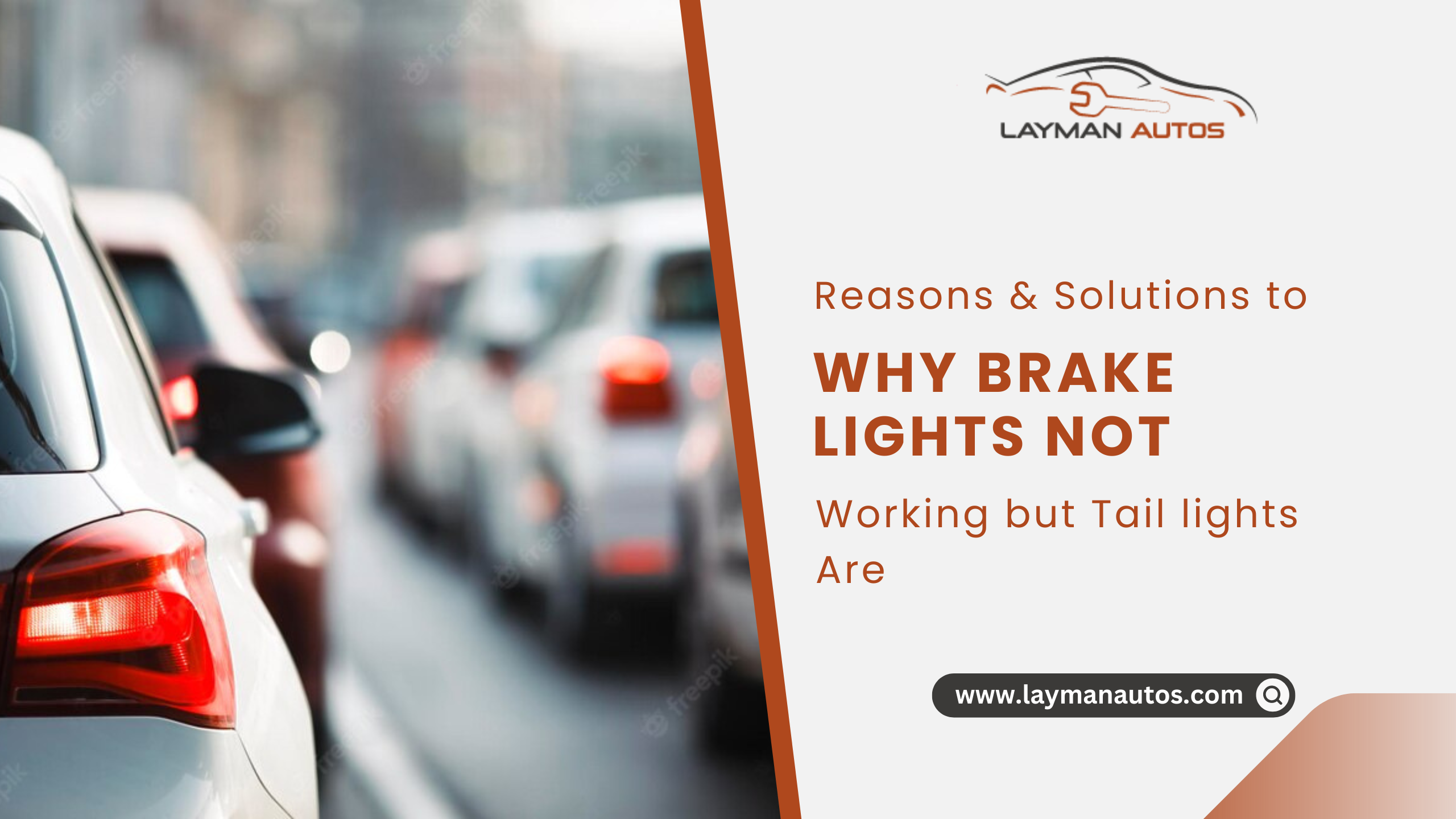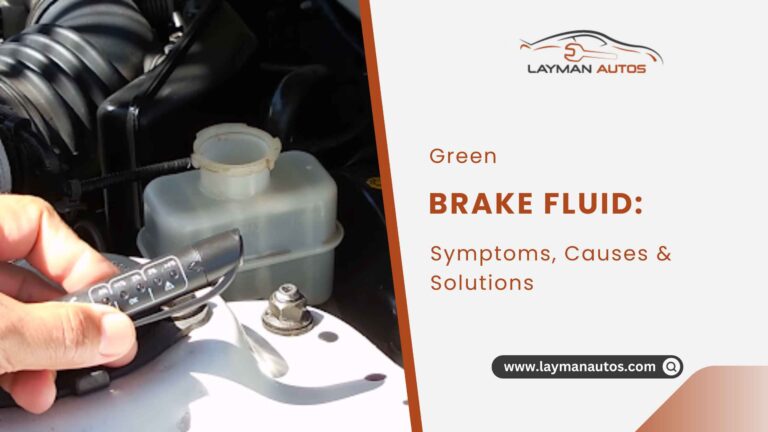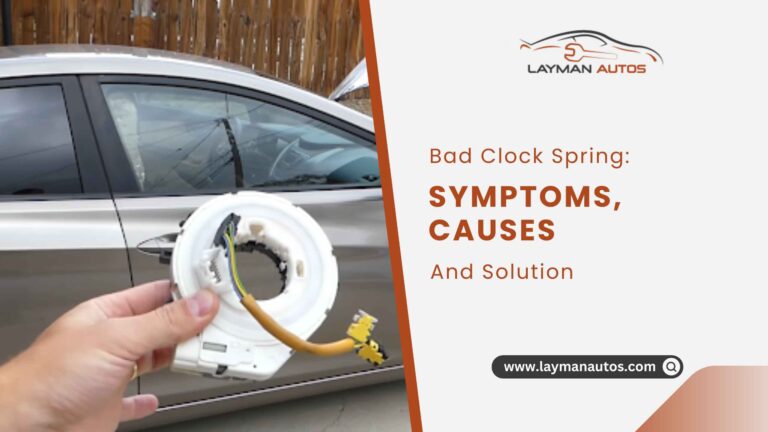Reasons and Solutions to Why Brake Lights Not Working But Tail Lights Are
Without a tail light, nighttime driving is very risky and can result in devastating collisions. In this article, we’ll go through some of the most typical causes of a vehicle’s brake lights being functional but the tail lights are not working. If you’ve had your car for a while, you will eventually experience an electrical issue, like tail lights not working but brake lights are.
Burned-out lightbulbs and blown fuses are the most common causes of electrical difficulties, although they can occasionally take a more involved form. Even if you’re worried and freaked out about the brake lights and tail lights, there’s probably a simple solution.
What are Tail Lights?
Above the bumper at the back of the automobile is where you’ll find the taillights. When the car is in reverse, they light up red, and the white lights next to them illuminate. When driving at night, it’s important to have tail lights to alert other drivers of your presence.
When you apply the brakes, the red tail lights flare brighter to let other vehicles know to slow down as well.
What are Brake Lights?
The brake lights are wired to turn on automatically whenever the brakes are applied. Having a clear signal to let vehicles behind you know when you’re going to change speeds is obviously crucial to everyone’s safety on the road.
The longer the time it takes you to process the other driver’s sudden maneuver and the greater the risk of a collision becomes when you’re stuck behind one whose brake lights aren’t working.

There are a number of variables that might impact how well your brake lights work. Others may not react as fast to your brakes because of factors such as dirty lenses, insufficient lighting, or poor wiring.
Eventually, your car’s brake light components will need to be changed or fixed, just like any other component. Inspecting your brake lights on a regular basis can allow you to see any issues before they become dangerous.
Why are tail lights not working but brake lights are? There are three possible causes for a malfunctioning brake light:
- A blown fuse in the brake light system,
- Burned-out brake light bulbs, or
- A faulty wiring switch.
All of these problems have simple solutions.
Tail Lights Not Working but Brake Lights Are: Causes
When driving at night, taillights are very important for your safety. Still, you may discover that your brake lights are operational but your tail lights are not. It’s possible that vehicles behind you won’t see your brake lights, even when they’re working properly. The tail lights may not work, increasing the risk of an accident.
If your brake lights are on but your tail lights aren’t, it’s probably because you have the improper type of light bulb in your vehicle. A blown fuse, faulty wiring, or rusted outlets and plugs are other potential culprits. Another possible culprit is a broken light switch in the control panel.
There are a number of potential causes for defective brake lights and taillights. The most prevalent causes of malfunctioning taillights that do not affect the brake lights themselves are discussed below.
1. Bad/Wrong Bulbs
In the event that both the under-hood and in-cabin fuses are in good working order, the tail light bulbs should be checked next. In most vehicles, this necessitates removing the tail light cover; however, some vehicles include an access panel that allows the bulb to be twisted out of the lens with a simple reach.
Pulling the bulb out of its socket and inspecting the filament is the best method for determining whether or not the bulb is defective. The light emanating from an electric light bulb is produced by a thin wire called a filament. If the light bulb’s filament is damaged, it will not produce any light and then there is a need to replace it.
It is conceivable for only one filament of a dual-filament bulb used for brake lights to fail. When that happens, just the brake light side of the bulb works, while the taillight side does nothing.
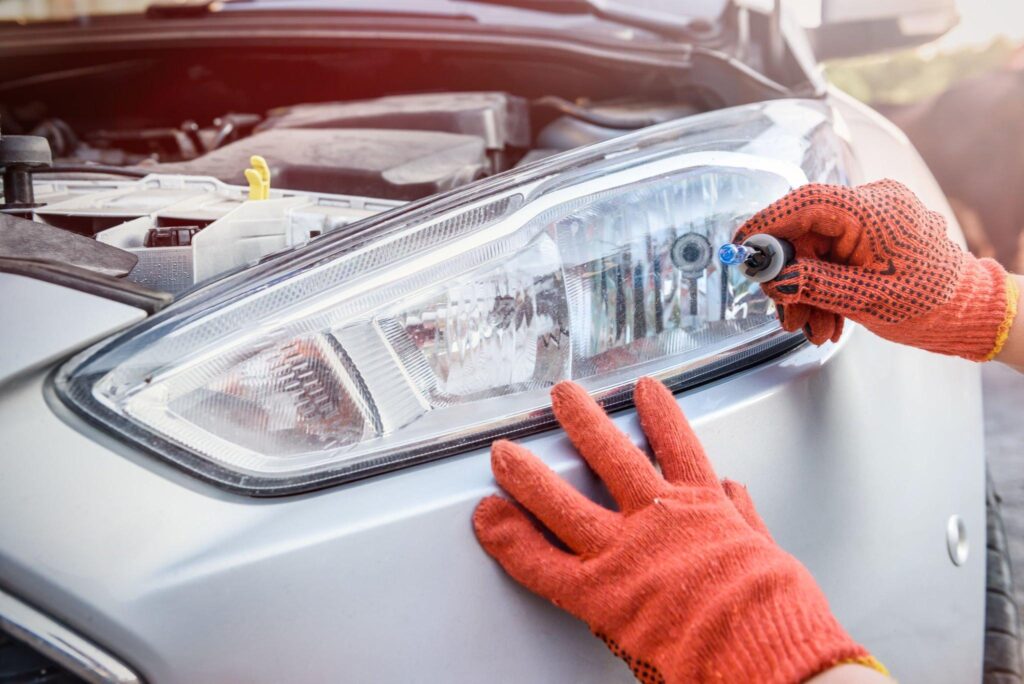
In addition, several manufacturers designate individual bulbs for the brake and tail lights. The taillight bulb must be changed if it burns out.
In the end, the improper bulbs may be to blame if you’ve already tried switching them out. If the socket is big enough, some people reason, it must be the correct light bulb. It’s not as simple as that. It’s a good idea to compare the new bulbs to the old ones in terms of their part numbers if you still have the old ones.
If you have already thrown out the old bulbs, you might try to find the right replacement by consulting your car’s handbook or searching online. However, if you need to transfer brands, be sure that the part numbers are compatible.
2. Blown Fuses
When dealing with a non-functioning electrical component, notably defective tail lights, the fuse is the first item to check. A fuse is essentially a metal band housed in a plastic casing that is meant to shatter under the pressure of an excessive current. This prevents harm to the electrical system’s other components. Finding the fuse box in your car and testing it with a test light or multimeter is all it takes to make sure.
If you remove the cover from the fuses, you should be able to see a list of each fuse’s specific responsibilities. If you don’t have one of those, you may get a schematic that fits your vehicle’s year, makes, and model online.
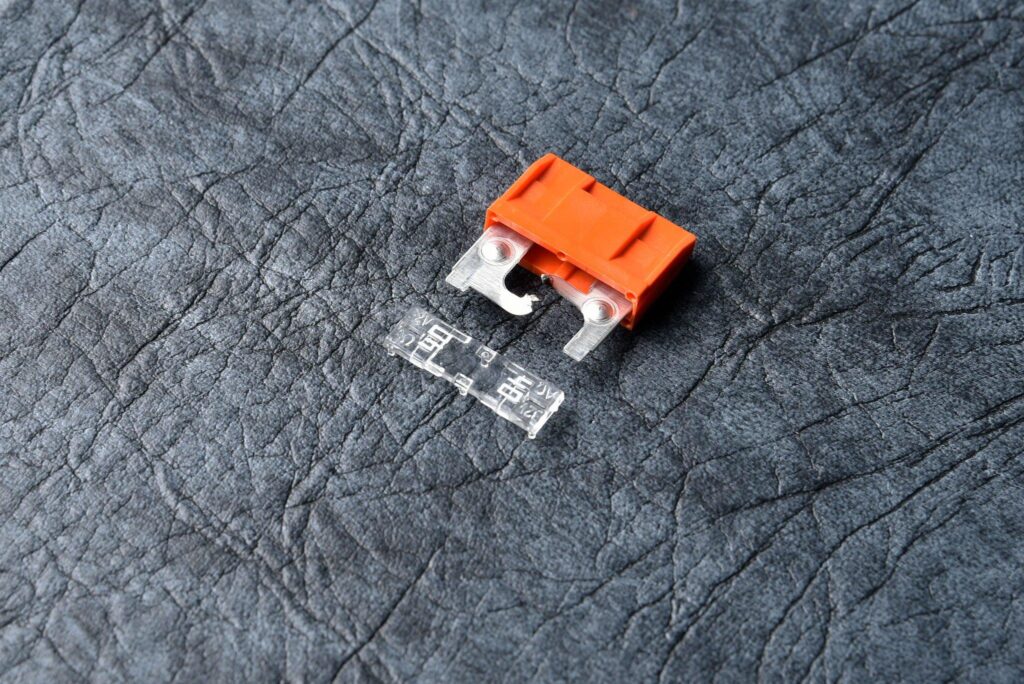
The question arises how do you check a tail light fuse? After locating the tail light fuse, a good one may be examined using a fuse tester, which will produce an electrical current if the fuse is functioning properly. If it still won’t turn on, try swapping in a new fuse of the same amperage and size. A damaged fuse can sometimes be identified by the visible break in the metal wire inside the fuse.
Without either, the taillight fuse may be inspected visually. Replace and check the fuse with one of the same amperages if you don’t know if it’s blown or not. If the issue shifts, it’s probably the fuse.
New fuses should always be of the appropriate amp rating. It’s tempting to increase the current to prevent the fuse from blowing again, but doing so might cause further damage if the fuse fails to function as intended.
3. Faulty Control Switch
The taillight switch may also be faulty, preventing the lights from coming on. Despite being one of the most prevalent causes of malfunctioning tail lights, it is typically overlooked by do-it-yourself mechanics. Even if everything else seems fine, it’s always a good idea to check the dashboard’s headlight switch just in case.
In most cases, flipping this switch will activate the vehicle’s primary lighting system, which includes the headlights, taillights, and parking lights. This switch might be broken even if the rest of the tail light circuit is functioning OK. Remove it from the dashboard and use a multimeter to confirm that it has failed.
Your taillights are activated by a switch in the vehicle’s cabin; if the switch isn’t functioning properly, your tail lights won’t turn on when you want them to. When this component fails, the front parking lights will also stop working.
4. Wiring Issues/Bad Grounds
Many mechanics’ lives are ruined by problems with the vehicle’s wiring. They nevertheless occur occasionally despite the fact that they can be a hassle to debug and isolate the source of the issue. In older automobiles, problems like broken wires crossed lines, and severe corrosion are rather prevalent.
5. Corroded or Damaged Sockets or Plugs
Everything inside your car will be at risk if the tail lights aren’t properly sealed. It’s not just the socket that’s at risk, but the wiring in it, so it may cause issues elsewhere. In the event that these sockets are exposed to the weather, they can rust and corrode, causing a wide range of electrical issues.
When switching out light bulbs, it’s important to inspect the socket to ensure it’s in working order. To remove corrosion from a socket, scrub it with a wire brush and WD-40. Socket replacement may be necessary if the damage is severe.
6. Bad Ambient Daylight Sensor
When it becomes dark, most modern automobiles will turn on their parking lights automatically. This implies they will turn off automatically if daylight is present. Although local customs vary, have you checked that it’s not just too bright for your tail light to activate?
However, a defective ambient light sensor—which signals to the vehicle when nightfall has arrived and the taillights should be activated—may also be to blame. There is usually a sensor like this on the front windshield, and it seldom fails.
Tail Light Troubleshooting Guide
Make sure the lamps are still working and the power is on before you start poking around in the electrical wiring and testing the grounds. A blown fuse is the most common cause of a power outage, but a malfunctioning switch is also possible. Ninety-five percent of tail light electrical issues may be traced down to just three components:
- Bulbs,
- Fuses, and
- Switches.
The good news is that they are also the simplest to diagnose and repair. After eliminating those three possibilities, though, you may go on to the following two. Start by making sure there is electricity coming into the plug, but only if you have reliable ground.
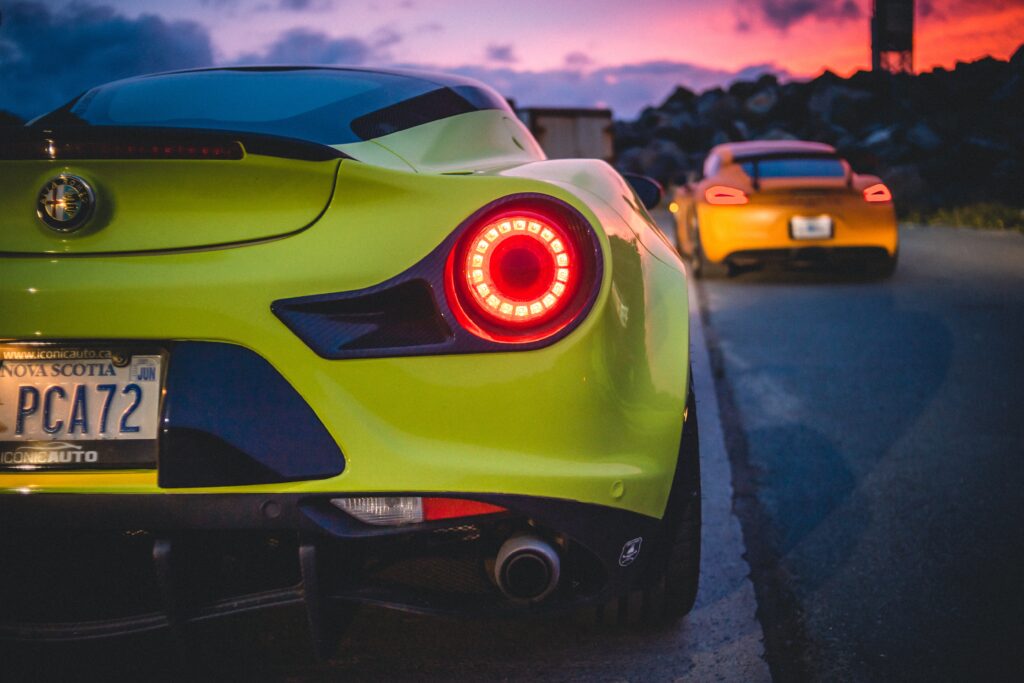
Make sure you have a solid connection with the metal terminal of the socket while testing for power. The terminal should be cleared of any rust or other debris first. Once you’ve removed the corrosion from the terminal, test the bulb again.
However, if electricity is flowing and no corrosion is evident, the problem is probably with the grounding. Do it again at the fuse if the electricity is still not on. Power should be reaching both the socket and the fuse, but if just the fuse is, then there is a problem with the socket’s wiring.
If the brake light switch is on, but the fuse panel isn’t working, check the switch. Again, if the fuse is blown but the switch is live, the problem lies in the wiring connecting the two. But if there is no electricity reaching the switch, the issue must lie between the switch and the power source.
Frequently Asked Questions:
What fuse controls the tail lights?
Each side of the automobile may have its own fuse in some versions. The fuses are hidden in a fuse box, which is not always simple to locate. It might be in the boot, the engine bay, or even the floor of the car. If you need to know where the fuse is, see your user handbook.
Do tail lights and brake lights use the same bulb?
The answer is “it varies” when talking about certain car models. Many cars use a single bulb that serves as both a brake light and a tail light; this is termed a dual-filament bulb. In this configuration, each filament is connected to a separate power source.
Light from the thinner filament is used as a tail light, while illumination from the bigger filament is reserved for the brakes. In certain vehicles, the brake and taillights each have their own bulb.
Conclusion
Generally speaking, pinpointing the source of an electrical problem is not an easy task. Fortunately, the wiring for the taillights is often separate from the rest of the vehicle’s electrical system, making it easier to pinpoint the source of any issues.
No matter what happens to the tail lights, it’s essential to ensure that all parts of your car, including the brakes and engine, are in top shape. A driver who discovers that their tail lights out has an obligation to fix the issue quickly for the sake of everyone on the road.

